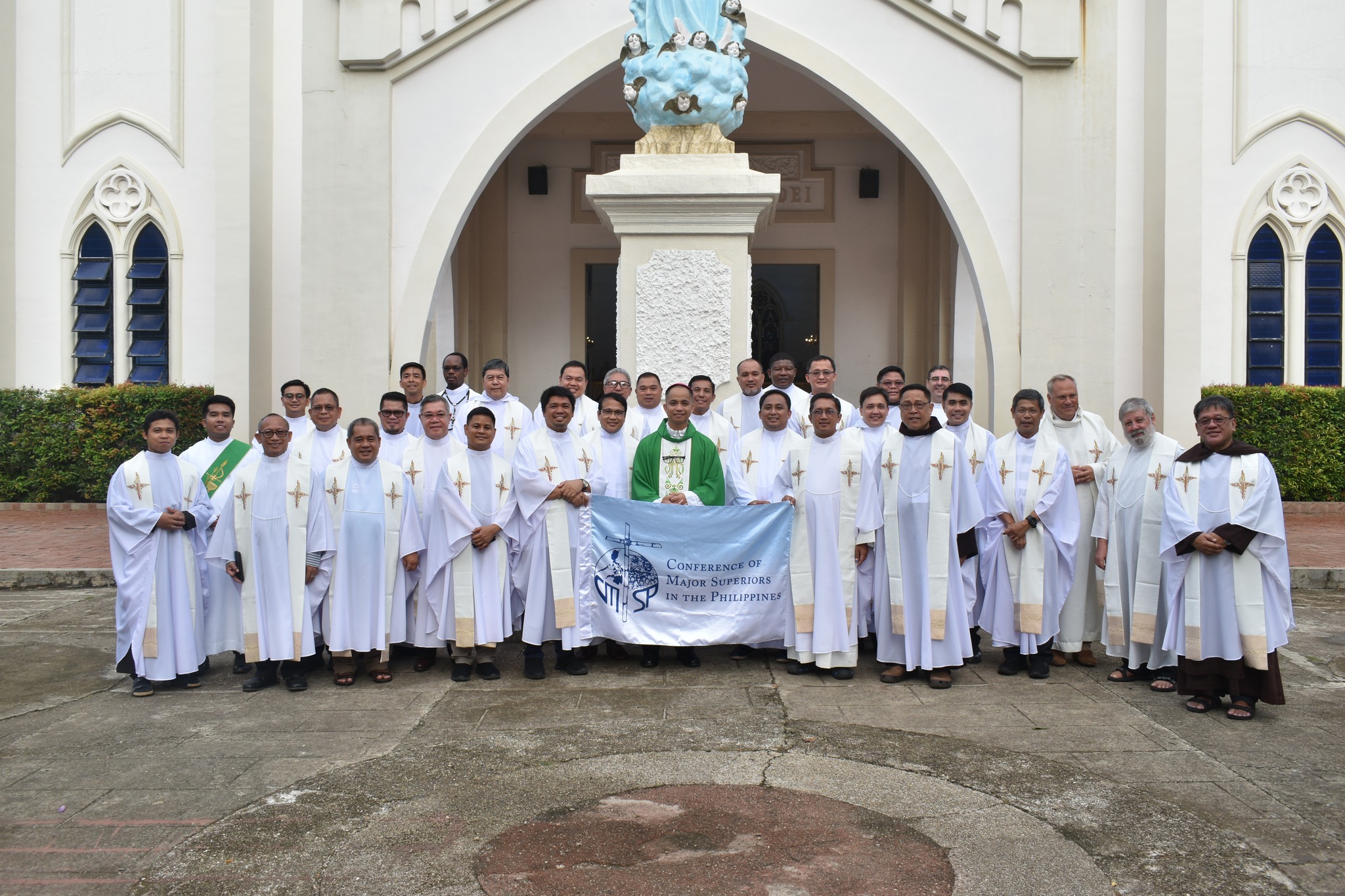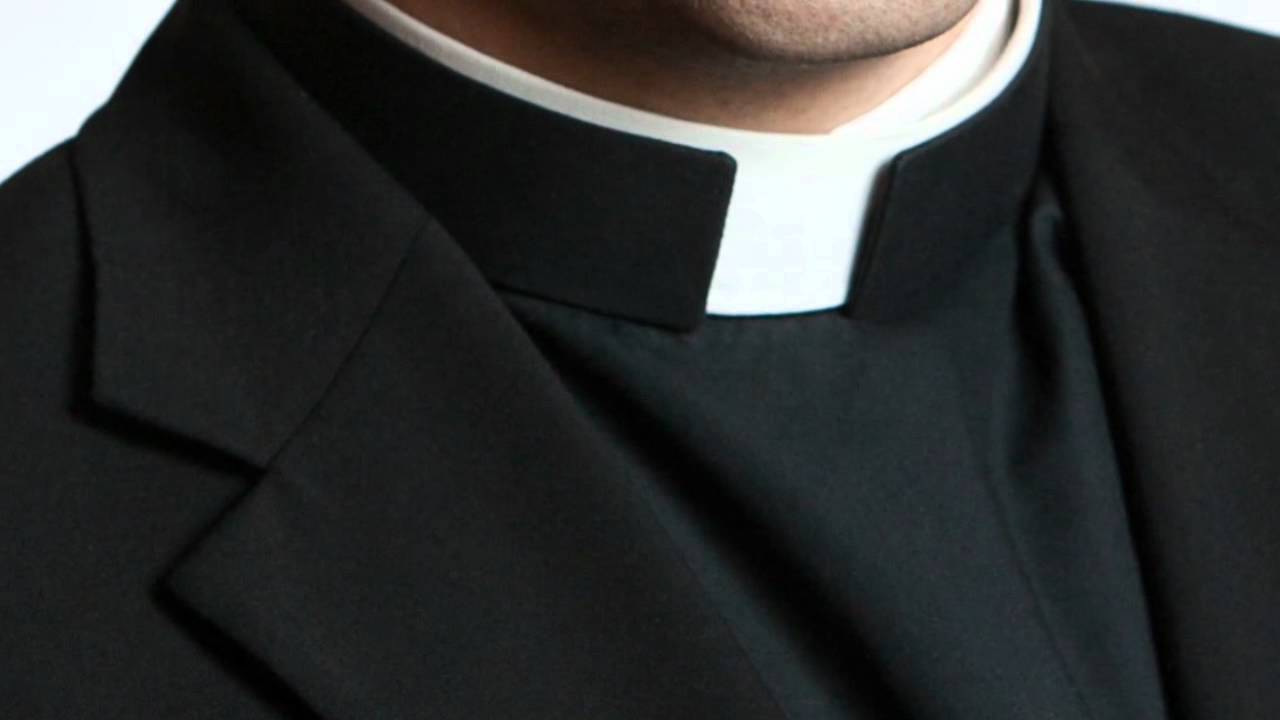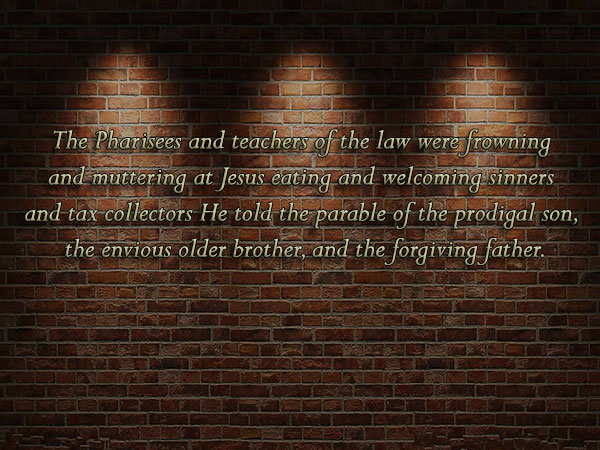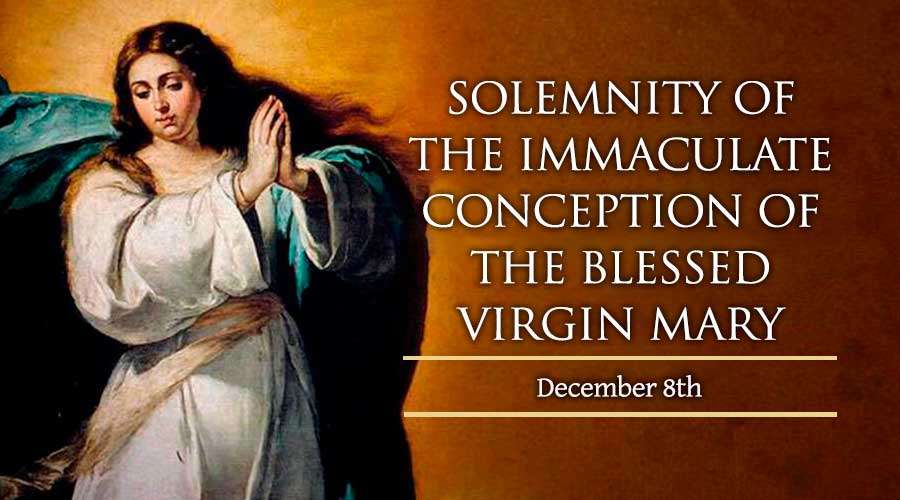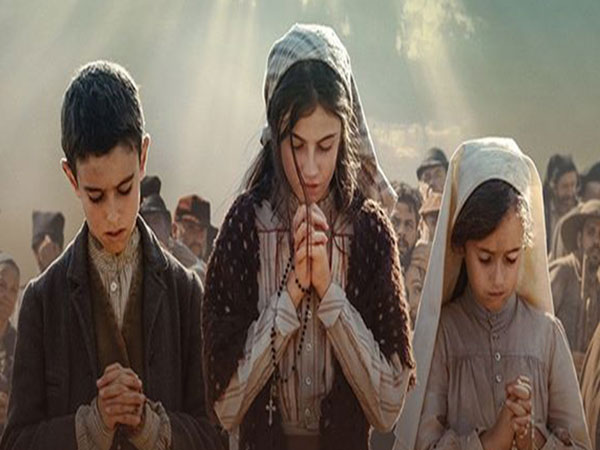
Part of the logo of the Year of the Clergy and Consecrated Persons.
Living Mission
Fr. James H. Kroeger, MM
(CBCP News) THE Church in the Philippines is on its nine-year journey to 2021. Through a series of yearly focused themes, a profound renewal is envisioned for the Church. This year (2018) focuses on the Clergy and Consecrated Persons. This certainly does not imply that the laity, who comprises the vast majority of the People of God, are viewed as “second class” Christians; recall that the entire year 2014 was dedicated to the laity.
Because of the gift of our Baptism into Christ, everyone is equal in dignity in the Church, though we may have differing talents, roles, and functions. One can validly say that we all share in a “discipleship of equals.” All are equal in dignity as Jesus’ missionary disciples. Yes, there is a diversity of ministries, but a oneness of mission. Everyone (laity, clergy, and religious) are all called to holiness and to live the spirit of the beatitudes in their lives.
Ministry and Life of Priests. The Second Vatican Council issued two documents related to the priesthood. One focuses on the life and ministry of priests; the other deals with the training and formation needed for seminarians as future priests.
Presbyterorum Ordinis, the Vatican II document on the Ministry and Life of Priests, describes the priest’s three major functions; all are centered around the services that he is to render to the Christian community. These principal duties are: (1) announce the Gospel by preaching, teaching, and inviting all to conversion; (2) assist people to fully participate in the liturgy, since the Eucharist and the sacraments are central to priestly ministry; and, (3) build up the Church by encouraging people to strive for Christian maturity and by forming communities that are prayerful, charitable, and missionary.
Priests are to develop healthy relationships in their ministry, in particular, with their bishop, other priests, and lay people. Priests are to be helpers and advisors to the bishop; together they are to develop fraternity and community life. Pastoral collaboration among priests themselves is necessary, since “no priest can on his own accomplish his mission in a satisfactory way” (PO 7). Finally, priests should promote the dignity and involvement of the laity, accepting their insights and competencies. All these priestly functions demand genuine holiness, achieved through a balanced, personal, spiritual life.
Priestly Training and Formation. The Vatican II decree on priestly training, Optatam Totius, opens with these remarkable words: “Animated by the spirit of Christ, this sacred synod [Vatican II] is fully aware that the desired renewal of the whole Church depends to a great extent on the ministry of its priests. It proclaims the extreme importance of priestly training and lays down certain basic principles….”
The decree emphasizes that every aspect of a seminarian’s formation should be developed with the “pastoral needs” of the faithful in mind. As expected, many concrete, practical guidelines are enunciated; they include areas of ministry such as catechetics, preaching, liturgy and worship, works of charity and pastoral duties.
This Vatican II decree emphasizes the urgent duty of fostering priestly vocations. This responsibility belongs “to the whole Christian community,” principally to families and then to parishes. Teachers as well as all priests and bishops “are to manifest an apostolic zeal in fostering vocations” (OT 2). This can be accomplished through prayer and penance, preaching and catechetical instruction, use of social communication, and systematic programs of vocational recruitment.
Final Questions. All of us in the Church (laity, religious, and priests) can seriously ask ourselves: What am I personally doing to promote priestly and religious vocations? How am I promoting the renewal of the Church in this year of the Clergy and Consecrated Persons?




